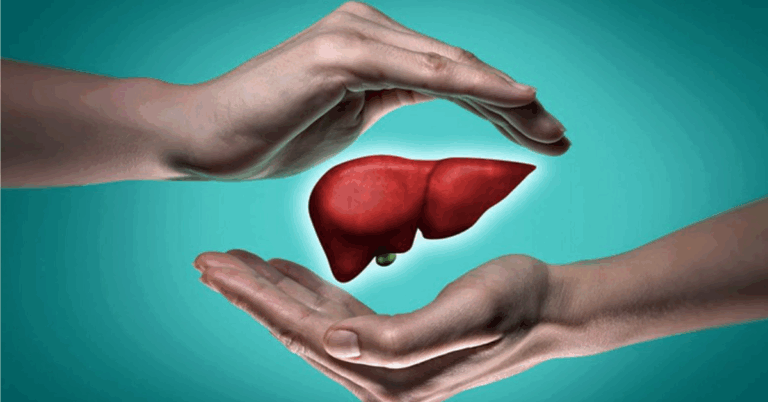Water Sanitation and Hygiene (WASH) in Global Health
Access to clean water remains a pressing issue in many parts of the world, particularly in developing countries where infrastructure and resources are limited. The lack of reliable water sources and proper sanitation facilities poses a significant challenge to ensuring that all individuals have access to safe drinking water. Additionally, poor water quality due to contamination from industrial pollutants, agricultural runoff, and inadequate sewage systems further exacerbates the problem, leading to waterborne diseases and health concerns in communities.
Furthermore, the unequal distribution of clean water resources within countries and regions often results in marginalized populations being disproportionately affected by water scarcity. Inadequate governance and financial constraints hinder efforts to improve water accessibility and quality, perpetuating the cycle of poverty and illness in vulnerable communities. Addressing these challenges requires a multifaceted approach that involves collaboration between governments, NGOs, and local communities to implement sustainable water management practices and infrastructure development initiatives.
• Inadequate governance and financial constraints hinder efforts to improve water accessibility
• Poor water quality due to contamination from industrial pollutants, agricultural runoff, and inadequate sewage systems
• Unequal distribution of clean water resources within countries and regions often results in marginalized populations being disproportionately affected by water scarcity
The Impact of Poor Sanitation on Public Health
Inadequate sanitation poses a significant threat to public health worldwide. The lack of appropriate facilities for waste disposal and proper hygiene practices can lead to the spread of deadly diseases like cholera, typhoid fever, and diarrhea. Without access to clean and safe sanitation services, communities are at a higher risk of experiencing outbreaks of infectious illnesses, which can have devastating consequences on individuals and public health systems.
Additionally, poor sanitation can exacerbate existing health disparities, affecting vulnerable populations disproportionately. Children, the elderly, and individuals with weakened immune systems are particularly susceptible to the adverse effects of inadequate sanitation. Lack of access to proper sanitation facilities also hinders efforts to prevent waterborne diseases, further burdening already strained healthcare systems in many regions.
Innovative Solutions for Improving Hygiene Practices
It is evident that adopting innovative solutions is crucial for improving hygiene practices worldwide. One effective approach is the promotion of handwashing with soap, particularly in communities facing sanitation challenges. By increasing awareness about the importance of proper hand hygiene through educational programs and campaigns, individuals can significantly reduce the spread of infectious diseases and promote overall well-being.
Furthermore, the integration of technology has proven to be beneficial in enhancing hygiene practices. Smartphone applications that provide guidance on hygiene routines, reminders for handwashing, and access to clean water sources have shown promising results in encouraging sustained hygiene behaviors. Embracing these technological advancements can play a key role in promoting better sanitation practices and fostering healthier communities.
What are some major challenges in access to clean water?
Some major challenges include lack of infrastructure for clean water distribution, contamination of water sources, and limited access in remote or rural areas.
How does poor sanitation impact public health?
Poor sanitation can lead to the spread of diseases such as diarrhea, cholera, and hepatitis, causing illness and even death. It can also contribute to the spread of infections in communities.
What are some innovative solutions for improving hygiene practices?
Some innovative solutions include implementing water purification systems, promoting handwashing with soap, building sanitation facilities in communities, and educating the public about proper hygiene practices.







